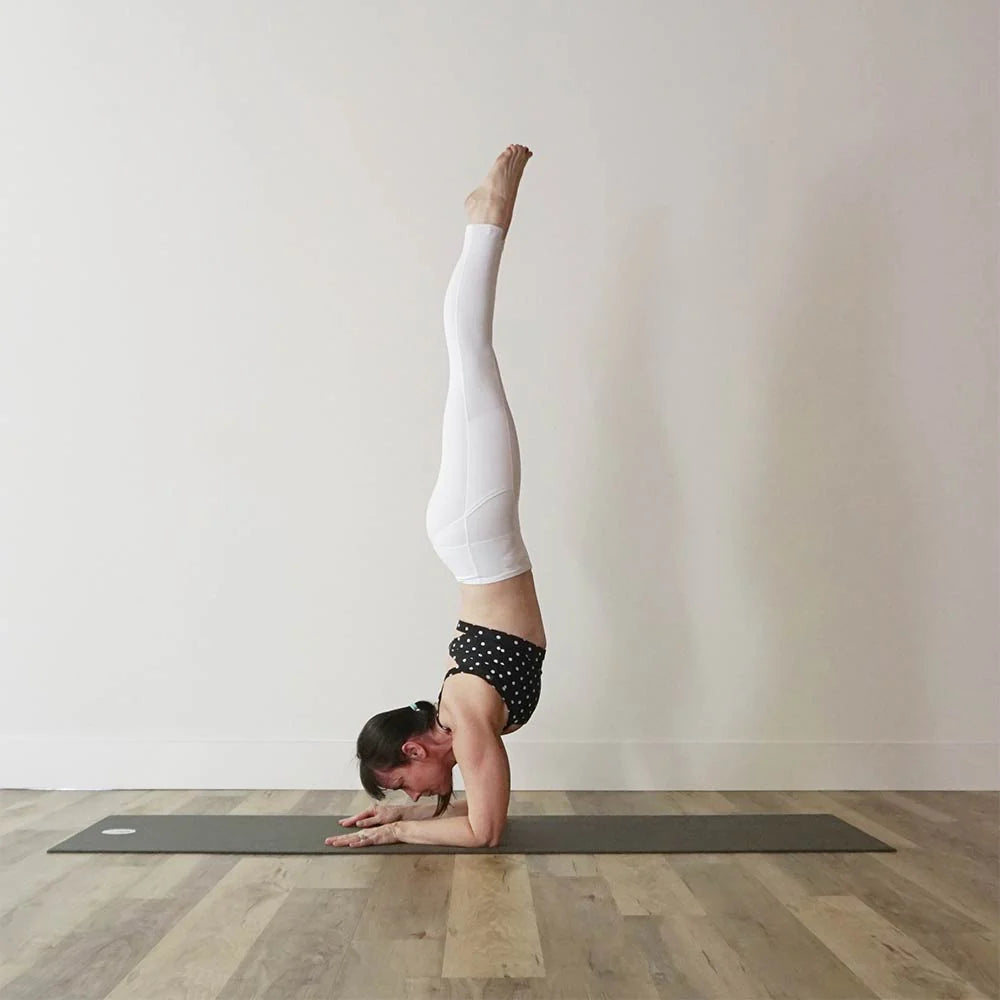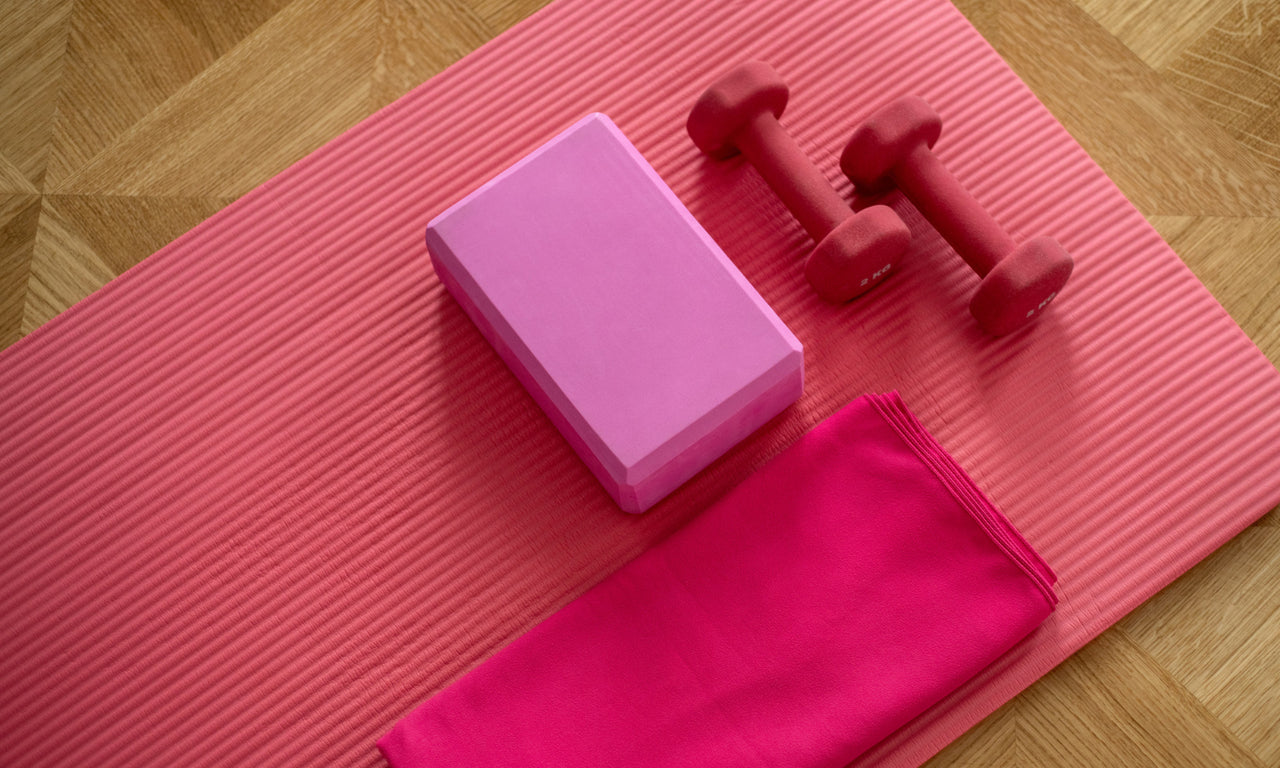
10 Vinyasa Yoga Poses for Beginners
Keen to start yoga but not sure where to begin?
Take a read of these 10 key yoga poses that are frequently taught within vinyasa yoga classes. As with any form of physical exercise, it is important to approach the practice with care and attention so I've included some important cues to help you get started safely…
Down Dog (Adho Mukha Shvanasana)

GOOD FOR: stretching and strengthening the wrists, arms, shoulders and calf muscles.
In order to transition into this posture, come onto the floor on your hands and knees in a tabletop position. Notice that your feet are hip width apart and your hands are shoulder width apart. Spread your fingers wide. Hug your arm bones into the sockets and push the floor away from you as you lift your hips into the air. Initially, keep your knees bent to allow you to lengthen your spine. Maintaining the length of your spine, slowly straighten your legs and allow your heels to drop towards the ground. Take your gaze to look between your feet. In this Yoga pose, the back should be lengthened along its entire length so be careful not let your chest hang downwards or make your back extremely sunken.
Plank to Chaturanga


GOOD FOR: strengthening the whole body and building shoulder stability within a weight-bearing scenario.
This is a transition sequence that is very common within the vinyasa yoga setting. Not only is this sequence repeated within the sun salutations that often come and the start of the class, it is frequently practiced between each flow as well. Needless-to-say, it is important to practice this mindfully and with care to avoid injury.
- To set up for plank: firm up through the legs, draw the belly in to activate the core muscles and stack your shoulders over your wrists.
- To transition to chaturanga: Press the floor away, hug the shoulders into the sockets, energetically drag the thumbs towards one another and shine your sternum forward.
From here, shoot forward onto your tiptoes so that your shoulders are beyond your wrists and bend your elbows into the side body less than 90 degrees so that your shoulders are still higher than your elbows.
Please note that there is always the option to lower down your knees as your transition from plank to chaturanga.
Tree (Vrksasana)

From standing, shift your weight onto the left foot, keeping the inner foot firm to the floor, and bend your right knee. Draw your right foot up and place the sole against the inner left thigh, inner calf muscle or inner ankle with your toes touching the floor. Notice that the center of your pelvis is directly over the left foot. Place your hands on the top rim of your pelvis to make sure that it is parallel to the floor. Lengthen your tailbone toward the floor. Firmly press the right foot sole against the inner thigh/ calf or ankle and resist with the outer left leg. Raise your arms straight above your head, making sure that you keep your shoulders relaxed. Gaze softly at a fixed point in front of you on the floor about 4 or 5 feet away. Step back to standing with an exhalation and repeat for the same length of time on the other leg.
To really benefit from these yoga poses, consistency is key. Hold each pose for 3-5 breaths to help to ease the tissues and create circulation in the tissues. Practicing these poses in the morning will help prepare your body and your mind for the day the ahead, while practicing in the evening can help to release stress from the day in preparation for a good nights sleep.



